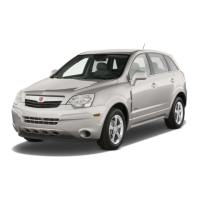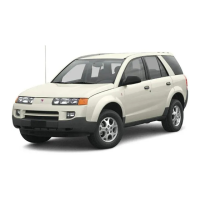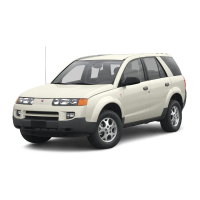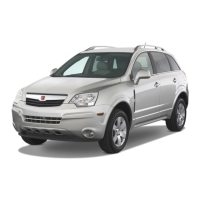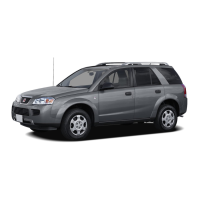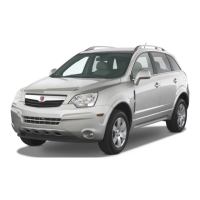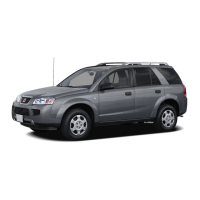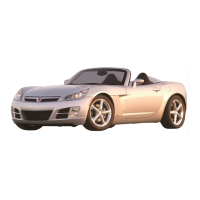Seat Height Adjuster
If the vehicle has a manual driver
seat height adjuster, it is located
on the outboard side of the seat
near the front of the seat cushion.
To raise the seat, move the lever
upward repeatedly until the seat is
at the desired height. To lower
the seat, move the lever downward
repeatedly until the seat is at the
desired height.
Power Seat
a
: To adjust the seat:
Move the seat forward or rearward.
Raise or lower the front or rear part
of the seat cushion.
1-4 Seats and Restraint System
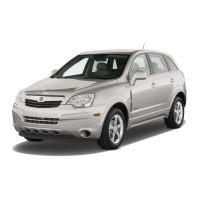
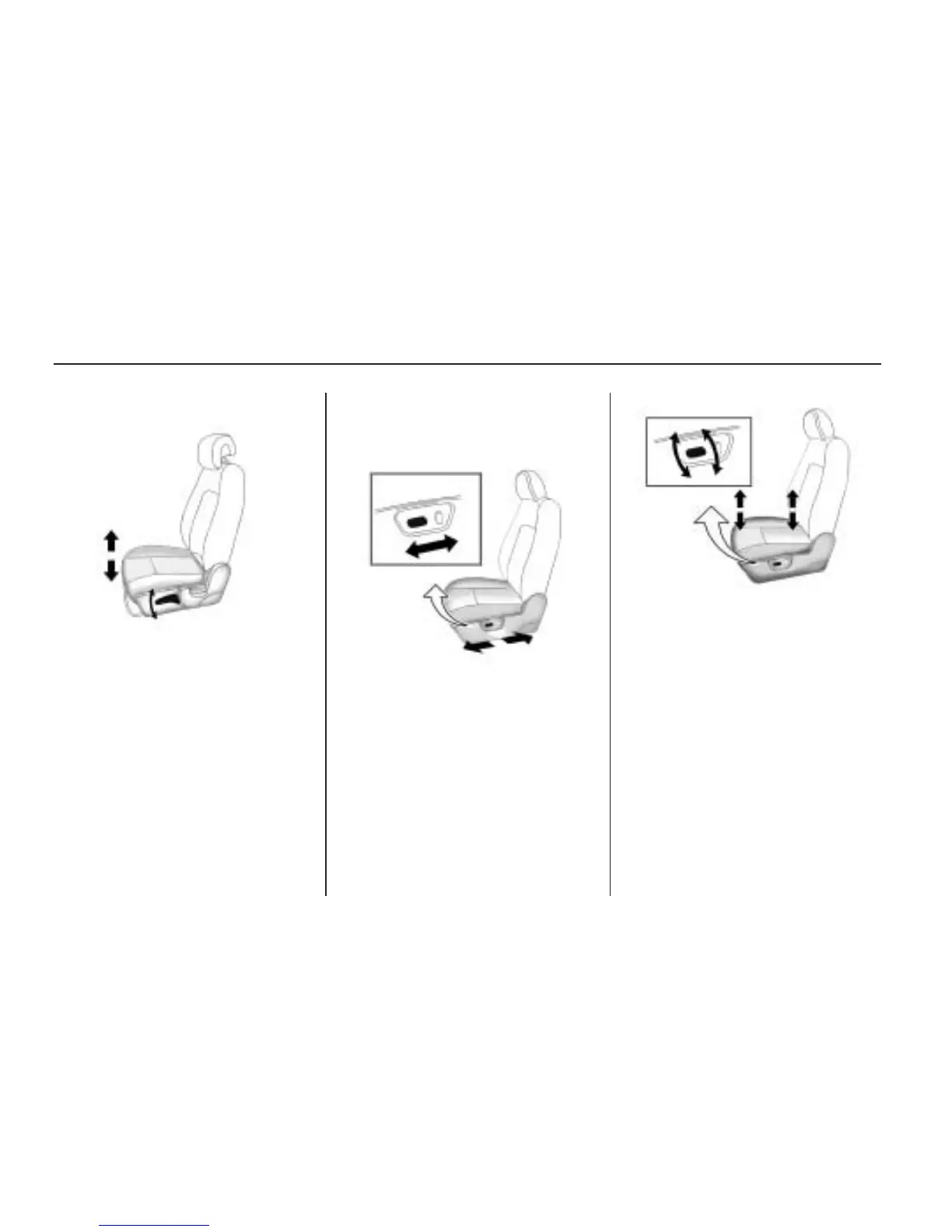